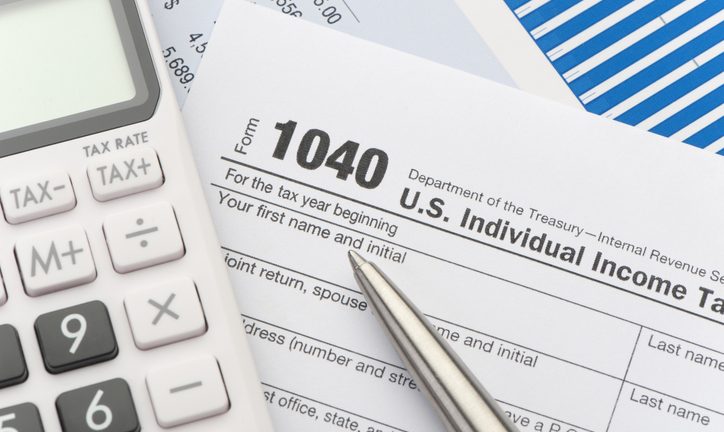This article was last edited on April 23, 2019.
In an effort to simplify taxes, the new Form 1040 was introduced in the summer of 2018 for use during the 2019 tax season. Smaller than its predecessor and called a “building block” for tax filing, the consolidated form was created with the goal of “simplifying this experience for taxpayers and its partners in the tax industry,” according to the Internal Revenue Service.
The new document replaces the original Form 1040 as well as Form 1040-A and Form 1040-EZ, so millions of individual taxpayers will now use this simplified version. While it requests the same information as the previous form, the new 1040 is formatted differently and includes reorganized supplemental forms.
Taxpayers with more complicated situations, or preparers filing for them, will have the same amount of work to complete with these forms despite their smaller appearance. Tax preparers might have to explain to their clients that this new Form 1040 has more schedules, so they will still be responsible for the same tax items and data. Check out the new schedules, as explained by the IRS, and see how you could use them for your clients depending on their tax situation.
As a tax preparer, now is the ideal time to become an expert with these new documents because your clients may have a number of questions about them. While it’s unclear exactly what additional changes to expect in the future, the IRS is taking steps to streamline the tax process even more as Americans demand and desire simplicity.
Looking for more tax tips? Check out our other helpful articles for tax professionals.

